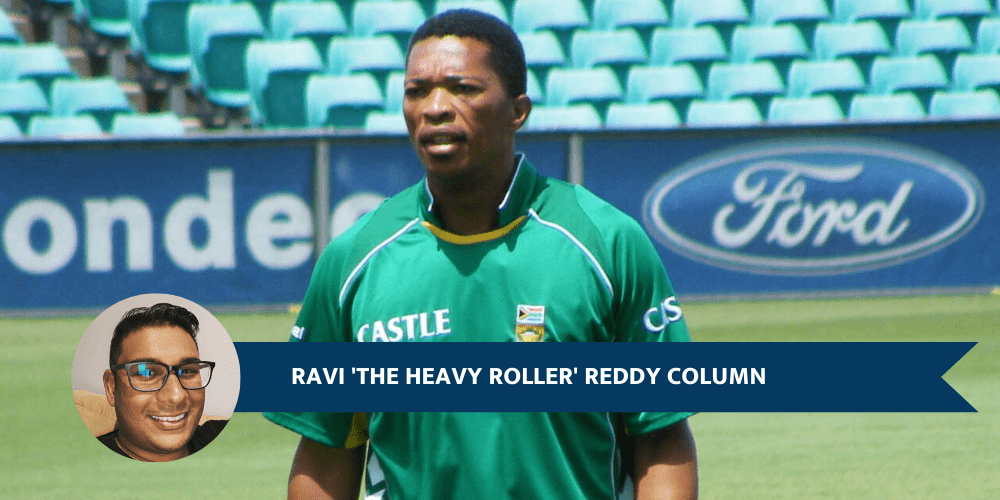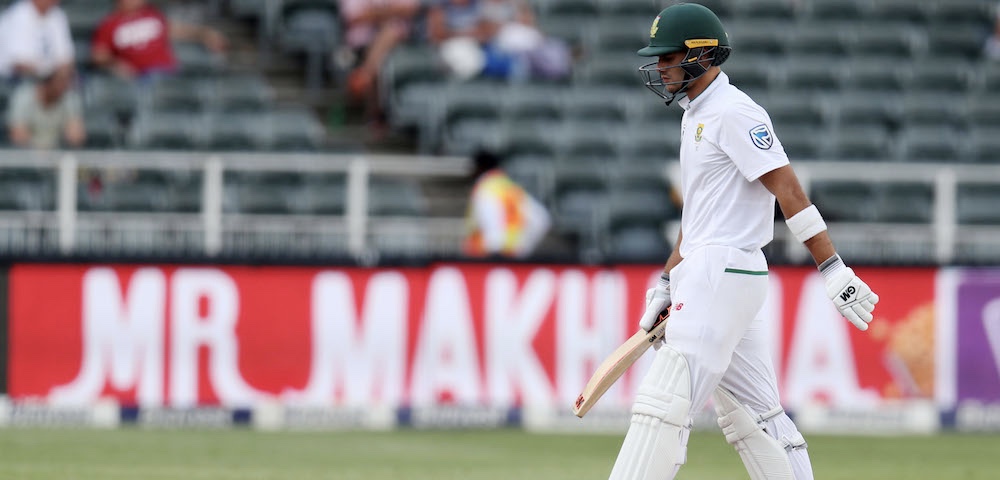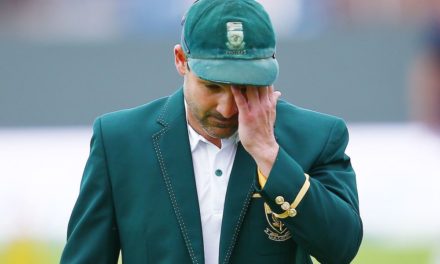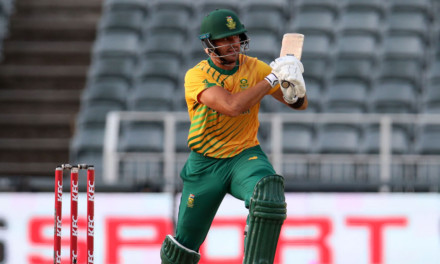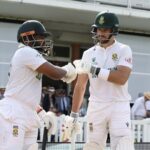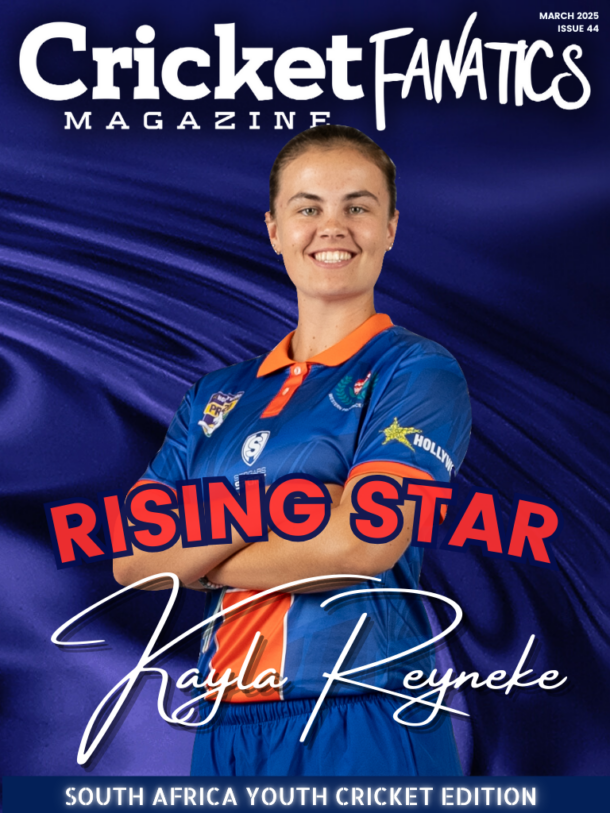The lockdown period has positioned me along with a number of Cricket Fanatics “journos” to come up with a fantasy World Cup ODI XI, writes Ravi Reddy.
Truth be told, I completely underestimated this task! This was a monumental effort, which required me to read old stats and watch some archive footage.
Fortunately, I just so happened to come from an online sports quiz, which featured some complex cricket questions. This led me to the realization that I have been looking at this from the wrong perspective. It’s not just about the XI players that come on the field. It’s the entire squad that wins World Cups.
Now it’s important to note that each writer was provided with a specific time period to develop their respective squads. I have chosen 16 players along with a Coach.
To this end, low and behold the squad of the Heavy Roller.
My world cup squad is quite a practical one, a number of match winners complemented by a few supporting acts. The squad features 5 specialist batsmen, 6 all rounders and 4 specialist bowlers.
Bob Woolmer – Coach
Let’s start with the easy ones! The late Bob Woolmer has to be one of the most revered coaches in international cricket. Woolmer joined the Proteas team in 1994. While his initial 6 ODIs were all dismal results, he helped the team progress significantly with winning 10 out of 15 test series and won the 1998 ICC champions trophy. The Proteas narrowly missed a spot in the 99 Cricket world cup final. His endorsement of Hansie Cronje as the successor of Kepler Wessels remains a significant turning point in the fortunes of the Proteas.
1. Herschelle Gibbs
During the 1996/97 season, I saw Herschelle play for the first time against Australia at Newlands. Unfortunately, he made 28 (33), but managed to hit one of the biggest sixes of Paul Reiffel’s bowling. His aggressive approach coupled with masterful stroke play made him one of the most difficult batsmen to dismiss.
Gibbs would progress and score 21 tons, 8094 runs at an average of 36. Apart from his batting, Gibbs was a machine on the field taking the most difficult catches and running batsmen out from acute angles. During the 2007 Cricket World Cup, Gibbs smashes an unfortunate Daan van Buunge for 6 sixes in the over. With 4 world cups in his resume, Gibbs is a certain selection!
2. Gary Kirsten
GK commenced his international career coming very low down the order. He grew up in a highly talented family, of which older brother Peter Kirsten held the opening slot for some time. While Gary Kirsten was not the most aggressive batsman, his ability to find the gap and run quick singles made it almost impossible to bowl to him.
Gary was strategic cricketer opened with multiple partners over the years, such as Hudson, Bacher, Rindel and eventually Gibbs. One of the most enjoyable world cups was the 1996 competition where he scored 188 against the UAE. With a Career resulting in 6798 runs at an average over 40 and 3 world cups, GK is a shoo-in.
3. Jacques Kallis
Jacques Kallis needs no introduction, but let’s imagine you haven’t heard of him before! In 1996, Kallis made his ODI debut against England. The former Wynberg boys scholar was the top run-scorer at this level and offered plenty with the ball as well. He is also the safest hands on the field, giving the captain a quandary of where to place such an exceptional fielder (131 catches, 15 run outs). After a poultry start to his career, JK scored 17 hundreds and 86 fifties accumulating 11579 runs in 328 matches. Bowling wise, Kallis would either be a first or second change bowler, often bowling his full quota. JK obtained 273 wickets at an average of 31. It’s a no brainer, Kallis has to be on the list!
4. Hansie Cronje (C)
I have watched a lot of cricket in the 90s and the most effective all-rounder from this period was none other than the late, the great Hansie Cronje. Cronje tragically lost his life in 2002, while onboard a chartered flight. He left a lasting legacy, tainted with controversy in 2000. Prior to this dark period, Hansie was as strategic in captaincy as he was in his batting.
He always knew the right time to make a bowling change and was a great influence in team selection. He supported the youngsters and gave responsibility to the likes of Klusener, Pollock and Gibbs. Cronje spent his career batting alternating between 4 or 5 scoring 5565 runs at and an average of 38.64. As a bowler, he obtained 114 wickets at an average of 34, with his best figures of 5/32 against India in 1992. Cronje featured in 3 world cups and makes this particular list!
5. Darryl Cullinan
Admittedly, this was a toughie (not to be confused with Daryl Tuffey). Darryl Cullinan was a significant member of the Proteas middle order between 1993 to 2000. Cullinan was once referred to a Shane Warne’s bunny after succumbing to his bowling on numerous occasions during the 93/94 tour of Australia.
In my opinion, he was a menacing batsman who favoured the cover drive and the “hook n’ pull shots” were his gospel. Unfortunately, the team management at the time alternated DJ Cullinan as an opener and middle-order batsman. This, in turn, impacted his batting statistics. After 138 ODIs, Cullinan scored 3860 runs at a meagre average of 33. DJC was a reliable middle-order batsman for the most part and often rotated the strike.
6. Jonty Rhodes
Yet another cricket player that needs no introduction. Jonty Rhodes appeared in 4 world cup tournaments since South Africa’s readmission to international cricket. Rhodes literally changed the game with his approach to fielding. Rhodes, a former hockey player and part-time “soccerite”, pulled off memorable dives and run-outs.
He was certainly no mug with the bat scoring 5935 runs in 245 matches at an average of 36. During the 2003 world cup, Rhodes injured his finger while attempting a catch against Kenya. Unfortunately, it would not be the fairytale ending he was hoping for as apart from his injury, SA crashed out of the world cup in the group stage. He’s arguably the best number 6 from this era (1991 to 2003) and a definite inclusion on the Heavy Roller XI.
7. Lance Klusener
“Not you Lance, the other Lance…” is a quote from a famous bakers biscuits ad which ran in the 90s. Of course, some of our beloved cricket fanatics were not born then and won’t even know what I’m talking about. Klusener’s heroics in the (less than memorable) 1999 Cricket World Cup is still praised to this day, scoring 281 runs and taking 17 wickets. Klusener, like many other SA batsmen in the 90s, shifted up and down the order.
At one point, believe it or not, Lance Klusener even opened the batting for South Africa against Australia. Klusener’s aggressive style was effective and impacted many formidable bowling attacks. Lance Klusener concluded his career against the West Indies in 2004 with 3576 runs (consisting of 2 hundreds) at an average of 41. His bowling efforts are hard to ignore, with 192 wickets at an average of 29.9 in 171 matches.
8. Mark Boucher (WK)
That’s right kids, the current Proteas coach makes the list! This is certainly a “no brainer”. Boucher appeared in 295 ODIs, taking 403 catches, 16 run outs and 22 stumpings. Like most Wicket Keepers in modern-day cricket, he was highly effective with the bat accumulating 4686 runs at an average of 29.
Unfortunately, has only 1 century to his name, scored against Zimbabwe in the early 2000s. While “Bouch” doesn’t have world cup gold, his greatest cricketing moment was hitting a boundary of the last ball in the legendary 438-game in 2006. Unfortunately, cricket can be a cruel game as Boucher’s last match would take place during the 2012 tour of England when a stump ricocheted into his eye. Had he not played in this tour match, there was a high probability that Boucher would have retired after reaching 300 ODI matches.
9. Shaun Pollock
It’s hard to believe that we once had a Proteas team that could bat until 9! Shaun Pollock complemented the team with his capability as a menacing All Rounder. It was a pleasure to have a number 8/9 that could guarantee you a minimum of 26 runs in the last 10 overs of a match. “Polly” would also feature in the top 3 ODI bowlers in world cricket for a 5-year period.
After 303 matches, Polly took 393 ODI wickets at a healthy average of 24. It’s a real pity that he didn’t get to join the 400 wickets club. As a batsman, he scored 1 hundred while accumulating over 3500 runs at an average of 26. One of my fondest memories of Pollock was seeing him destroy the Australian top order (along with Donald) during the 1999 world cup semi-final, with figures of 5/36. Polly, one of many gingers that would make it into the team was also very handy in the field, taking 108 catches and 22 run-outs.
10. Allan Donald
I think we spoke about that horrific semi-final in Edgbaston long enough. Apart from this blemish, Allan “White Lightening” Donald had a fantastic ODI career. Donald played in 164 ODIs and took 271 wickets. He was also part of the inaugural tour of India post-re-admission to international cricket. AD played in 4 world cups, narrowly missing out on 2 historical world cup finals in 1992 and 1999 (there, I did it again).
11. Makhaya Ntini
History would be made in the summer of 1998. The Proteas were touring Australia and featured as part of a triangular series with Australia and New Zealand. Makhaya Ntini, along with Mark Boucher would make his debut against New Zealand in Perth. While Omar Henry was the first “player of colour” to represent South Africa’s ODI team, Ntini would be the first African cricket player to represent the country.
Ntini would take 266 wickets at a superb average of 24.6 in 173 matches. Ntini would unfortunately only play in 2 world cup tournaments, taking 16 wickets at an average of 29. I am a firm believer that he ended his career prematurely and had one more world cup in him.
Honorable mentions (the remainder of my squad)
For every world cup, each team is required to submit 15 players in the event that one of the members of the playing XI is injured. I decided to be as disruptive as “Dr Sheldon Cooper” at a dinner party and chose 16 players instead. To this end, the remaining 5 players are as follows:
- Morne van Wyk – van Wyk was my number one pick to replace Dave Richardson when he announced his retirement from international cricket in 1998. The former Eagles (knights) top-order batsman scored over 9000 runs with an average of 39 at List A level. Van Wyk would eventually be selected for the international team, featuring in the 2011 Cricket world cup in India. After 17 matches, van Wyk would score 4 fifties and be accountable for 11 dismissals (10 catches and 1 stumping).
- Andrew Hall – Hall announced himself to international cricket in unusual circumstances. Having survived an attempted highjacking, Hall sustained an injury to his left hand. He would later go on to make 905 runs in 88 ODIs at an average of 21 (3 Fifties). Hall would be best remembered for his efforts with the ball, obtaining 95 wickets at an average of 26 and overall economy of 4.51. Hall would appear in the 2003 and 2007 world cups.
- Charl Langeveldt – I loved this dude! The former Prison Warder from Paarl was tough as nails and contributed significantly to the Proteas and Cobras teams over the years. Charl was pitted to be the long-term replacement for Allan Donald after he sustained an injury during the 2002 series against Australia. Langeveldt would go on to take 100 ODI wickets in 72 matches at an average of 29. Langeveldt would remain as part of a classic “What if” storyline, as I believe that he would have been a superb inclusion in the 1999 cricket world cup squad (there, I did it again!).
- Nicky Boje – Often considered a bowling all-rounder, it’s hard to believe that this man scored back-to-back centuries against New Zealand. Boje played 115 ODIs at took 96 wickets at an average of 35. Yes, he got smashed! However, he was extremely handy with the bat scoring over 1400 runs at an average of 27 (2 centuries). One major accolade of Nicky Boje is featuring in the 1998 edition of the Common Wealth games in Malaysia where South Africa won gold (beating Australia in the final ☺). Boje would play in the 1999 and 2003 world cups.
- Paul Adams – Bet you didn’t see this coming! “Gogga” is statistically one of the best ODI spinners we ever had. In 24 matches he obtained 29 ODI wickets at an average of 28 and an economical rate of 4.4 per over. Unfortunately, Adams would only play in one world cup (India & Pakistan 1996). The challenge with Adams was a matter of timing as the 1999 and 2003 world cups would provide more seamer-friendly wickets. Adams is yet another “what if”, “Cinderella man” story that could have materialized. However, his last international game took place in 2003 at the tender age of 26. How awesome would it have been if he was sent to play in the 2007 cricket world cup in the West Indies? He would have undoubtedly exploited the spinner friendly conditions in Guyana and Trinidad particularly.

